When it comes to non-toxic wood floor care, people fail all the time – not because they don’t want to do the right thing, but because they don’t actually know what to do. We’ve collaborated with Luxury Flooring in the UK to raise awareness about the toxic chemicals in conventional wood floor cleaners and to share with you my top five secrets to non-toxic wood floor care, based on my experience caring for my own gorgeous wood floors. These “secrets” work equally well on hardwood and laminate flooring.
How NOT to Clean a Wood Floor
The challenge with cleaning a wood floor is to avoid any commercial cleaner that contains the following ingredients:
- synthetic or artificial fragrances
- ethanolamines
- detergent
Synthetic or artificial fragrances contain a wide variety of toxic chemicals that can cause breathing problems, headaches, itchy eyes, joint pain, flu-like symptoms and nausea.
These chemicals are very fine and quickly evaporate into the air as they dry after they’re applied.
Because you are usually bent right over the floor when you’re cleaning it, it’s easy to inhale them; it doesn’t take long to feel the side effects!
Ethanolamines include monoethanalomine, diethanolamine, and triethanolamine. These are chemicals used in detergents and cleansers. They help clean up grime, but they’re known to cause skin and respiratory tract irritation and eye injuries.
Detergents often consist of harsh soaps and more synthetic fragrances. Because they’re so strong, they can wear away the finish on your floor as well as cause the same unhealthy reactions as synthetic fragrances.
My Top 5 Secrets to Non-Toxic Wood Floor Care
I installed beautiful sustainable cherry wood floors throughout my home. Here’s how I maintain them in a non-toxic way:
1) Wipe my feet and leave my shoes at the door.
The soles of our shoes collect a lot of dirt, sometimes small pebbles, the occasional bit of dog poo, and maybe chemicals like fertilizers and pesticides that have been applied to lawns and gardens. When I come into my home, I wipe my feet on a rug I can launder, and then take off my shoes before walking on my floor.
2) Regularly sweep floors with a micro-fiber broom.
I don’t vacuum my wood floors because I don’t want them to scratch. Instead, I use a broom that’s got a soft micro-fiber cloth on the bottom. The cloth glides over the floor and collects all dust and dirt. It leaves the floor shining even when it hasn’t been washed.
3) Clean up drips asap.
We all drip ice cream, spill coffee, and slosh cocktails. Any liquid that lands on a wood floor will soak into the floor and leave a stain unless it’s wiped up at once. Note that once the floor stains, it really can’t be cleaned up; this is particularly true if what you drop contains a little oil. Just clean up spills as soon as you notice them to be safe.
4) Spot clean.
Foods may not stain your floors, but they can crust over and make your floor look dirty. When you notice dried food or dirt, dampen a cloth and gently rub until the spot loosens and you can pick it up.
5) Clean with a non-toxic cleanser and a damp – NOT WET – mop.
NEVER clean a wood floor with a soaking wet mop. The water or liquid could end up damaging the floor. Instead use a non-toxic cleanser or make your own. Use a spray bottle to apply a light mist to a small section of the floor then mop up immediately. Follow by dry mopping your entire floor to make sure you leave no water or dirt behind.
NON-TOXIC WOOD FLOOR CLEANERS
Make Your Own
If you maintain your floor regularly by mopping it with a micro fiber cloth, doing spot cleans, and not walking all over it with your outdoor shoes, you shouldn’t need anything stronger than water, some vinegar and a very little bit of natural liquid dish soap to clean it up. Don’t use baking soda, borax or anything else that could scratch the floor’s surface.
Don’t worry about adding disinfectant and an antimicrobial product to your floor cleaner. Even if you have a toddler, the disinfectant won’t really make nearly as much difference as just keeping your floor clean of dirt and dust. Plus, pediatricians say it’s good for kids to be exposed to a little dirt and some germs – it helps them build up their resistance.
RECIPE & Tools
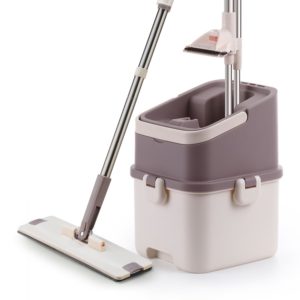
1 gallon warm water from the tap
1/2 cup distilled white vinegar (buy it cheap in your grocery store)
5 or so drops of organic liquid soap, like Dr. Bronner’s (the nice thing about Dr. Bronner’s is that it’s already scented with essential oils, like rose, lavender, peppermint, and almond)
1 wet mop that you can easily wring out
1 dry mop or dry towels
Combine the water, vinegar, and soap in the bucket. Add cupfuls to a spray bottle and spray a light mist on the floor. Quickly mop up and shine with dry towels. Or, dip the wet mop into the bucket and wring well so the mop is only damp, not wet.
Non-Toxic Wood Floor Cleaner to Buy
Environmental Working Group (EWG.org) has evaluated many of the floor cleansers on the market for the toxicity of their ingredients.
They look at the likelihood of the ingredients to trigger asthma or other respiratory difficulties or skin allergies and irritation.
They also consider the history of the ingredients relating to developmental and reproductive irregularities and cancer. Finally, how the chemicals remain in the environment, and whether they pollute groundwater or threaten birds, fish and other wildlife, is taken into consideration.
According to EWG’s analysis, here are the most effective, least toxic cleansers on the market:
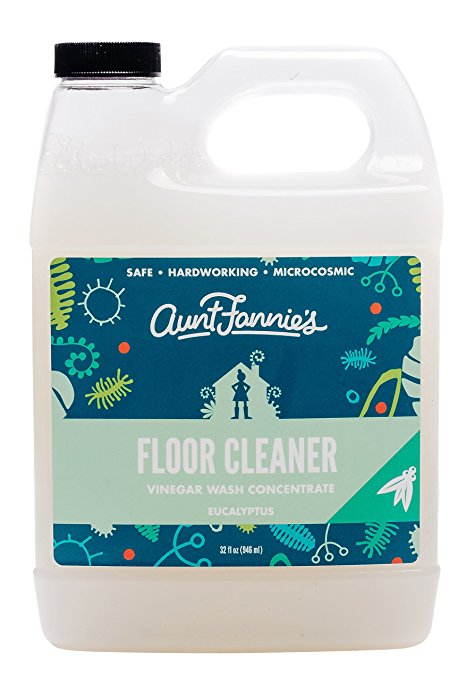
This concentrate comes in several fragrances that are derived from natural essential oils, including eucalyptus, fresh lime mint, lavender, and sweet mandarin.
Aunt Fannie’s contains no dyes, parabens, ammonia, formaldehyde, petroleum solvents, or other nasty chemicals.
It’s concentrated, so you mix a half cup of the solution with two gallons of water, which is probably enough to clean your entire floor. Put it in your own spray bottle to apply, or soak your mop in the solution, then wring out most of the moisture.
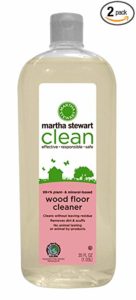
99% plant and mineral-based, this cleaner contains no fragrances or colors, It comes in recyclable packaging.
NOTE: It may not be sold on Amazon, so look for it elsewhere online or wherever you buy cleaning supplies.
Truce is hypoallergenic, alcohol and phthalate free, and free of colors and SLS, as well.
It’s made with essential oils but otherwise is free of synthetic, pesticide, parabens, chlorine and petroleum.
Plus, it’s cruelty-free.
DISCLOSURE
This collaboration with Luxury Flooring allows us to bring you the expertise you need in order to live the greener life you want. Our editorial opinions remain our own.
Big Green Purse earns a teeny tiny commission on some purchases our community makes online. It’s not enough to affect our opinions in any way, but it does help us pay the bills. Thanks!


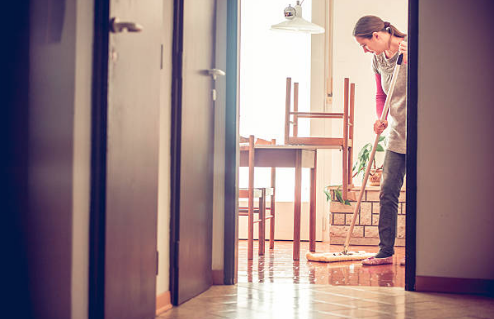
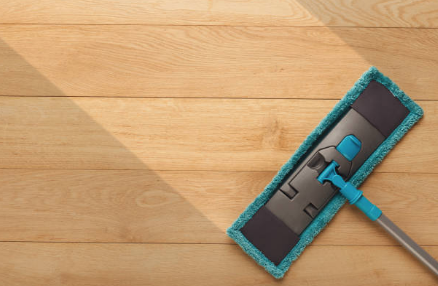
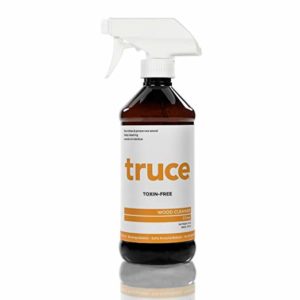


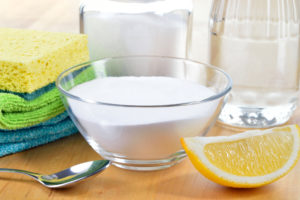


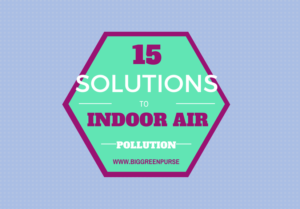
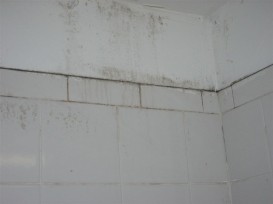








8 thoughts on “Do You Know These 5 Secrets to Non-Toxic Wood Floor Care?”
[…] Big Green Purse: Do You Know These 5 Secrets to Non-Toxic Wood Floor Care?Environmental Working Group (EWG.org) has evaluated many of the floor cleansers on the market for the toxicity of their ingredients. They look at the likelihood of the ingredients to trigger asthma or other respiratory difficulties or skin allergies and irritation. […]
[…] Read: Do you really know how to ditch toxic cleaning products and still take care of your wood floors? (via Big Green Purse) […]
Thanks for sharing our expertise with the Aunt Fannie’s community!
Thanks for sharing our expertise with your community!
Thank you for sharing these 5 secrets of yours. These will be crucial to the people that will buy wood flooring.
Thanks. Glad to help!
number of surviving European
From many manuscripts of Antiquity
Comments are closed.